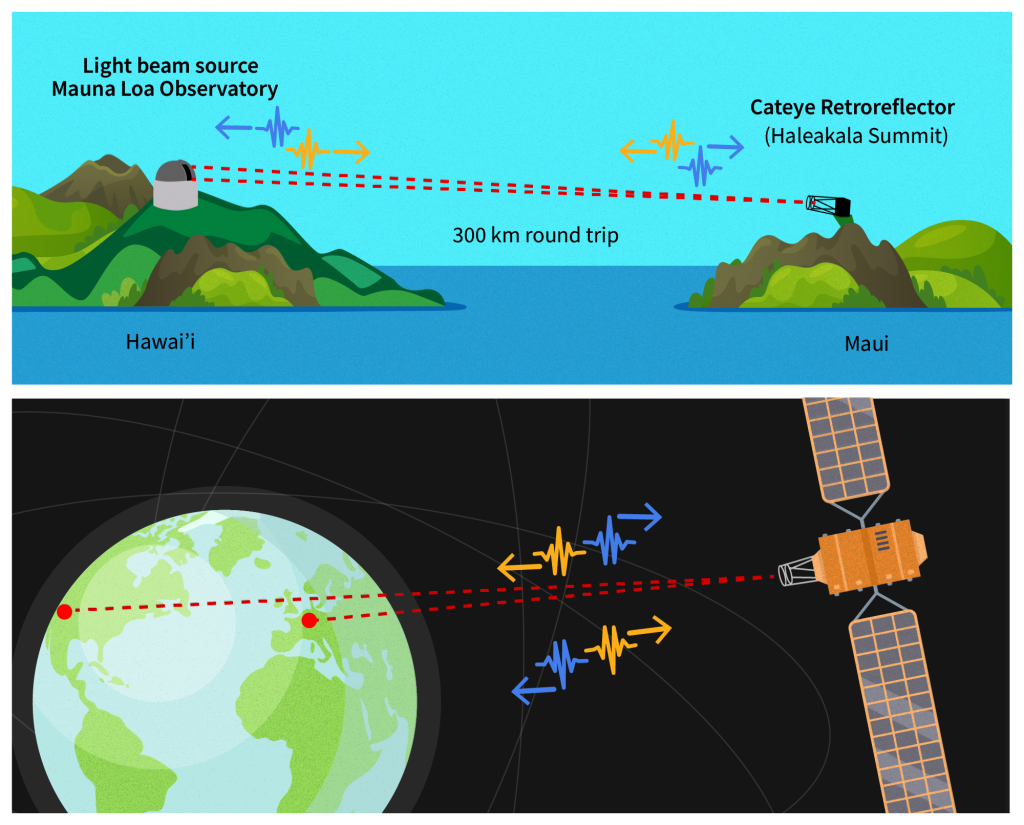The National Institute of Standards and Technology (NIST) has recently made significant strides in establishing the groundwork for achieving ultra-precise timing links with geosynchronous satellites. This breakthrough development holds great potential for numerous sectors, including telecommunications, navigation, and scientific research. In this blog post, we explore a fascinating article from Space Daily titled “NIST Lays Groundwork for Future Ultra-Precise Timing Links to Geosynchronous Satellites” and delve into the key highlights that shed light on this remarkable advancement.

Advancing Timing and Synchronization
Accurate timing and synchronization are crucial in various domains, ranging from financial transactions to GPS systems. NIST’s latest efforts focus on developing methods to achieve ultra-precise timing links with geosynchronous satellites, which orbit at an altitude of approximately 36,000 kilometres above the Earth. Establishing such links would enable highly accurate timekeeping and synchronization capabilities across vast distances, surpassing current limitations.
Combating Signal Distortions
One of the primary challenges in achieving precise timing links with geosynchronous satellites is the distortion of signals caused by the Earth’s atmosphere. NIST is working on novel techniques to compensate for these distortions, allowing for more accurate transmission of timing information. By mitigating atmospheric effects, the proposed technology could revolutionize a wide range of applications that rely on precise timing, including financial transactions, network synchronization, and data analysis.
Optical Frequency Combs
Optical frequency combs, a key tool in the field of metrology, play a pivotal role in NIST’s groundbreaking research. These combs generate a precise and stable reference signal by dividing light into a series of equally spaced frequencies. By combining these combs with advanced satellite-based technologies, NIST aims to establish highly accurate timing links that can withstand the challenges posed by long-distance communication.
Impact on Various Sectors
The successful realization of ultra-precise timing links with geosynchronous satellites would have significant implications for numerous sectors. Telecommunications networks could benefit from improved synchronization, resulting in enhanced data transfer rates and reliability. Navigation systems, such as GPS, could achieve unprecedented accuracy, enabling precise positioning and navigation for various applications. Additionally, scientific research fields, such as climate monitoring and space exploration, could leverage precise timing capabilities to advance their studies and observations.
Conclusion
NIST’s groundbreaking research in establishing ultra-precise timing links with geosynchronous satellites holds immense promise for industries reliant on accurate timing and synchronization. By tackling the challenges of signal distortion and leveraging advanced optical frequency combs, NIST aims to enable highly accurate timekeeping and synchronization capabilities across vast distances. The potential applications are far-reaching, from revolutionizing telecommunications and navigation systems to advancing scientific research. As NIST continues to make progress in this area, we can anticipate a future where ultra-precise timing links with geosynchronous satellites become a reality, ushering in a new era of precision and reliability in various domains.

